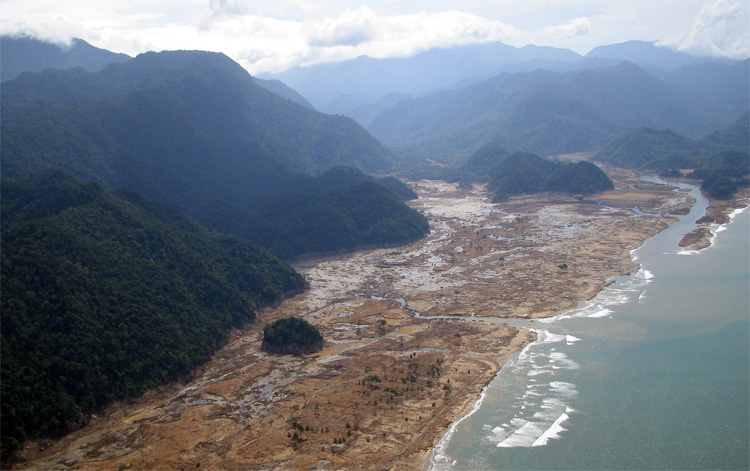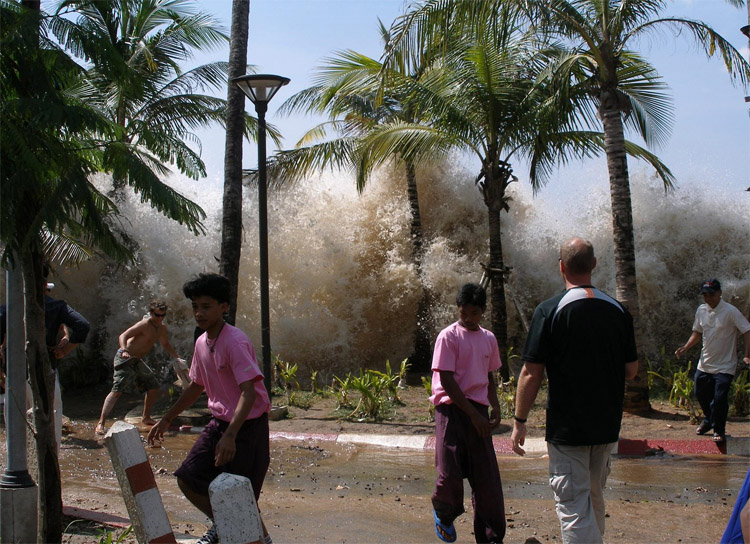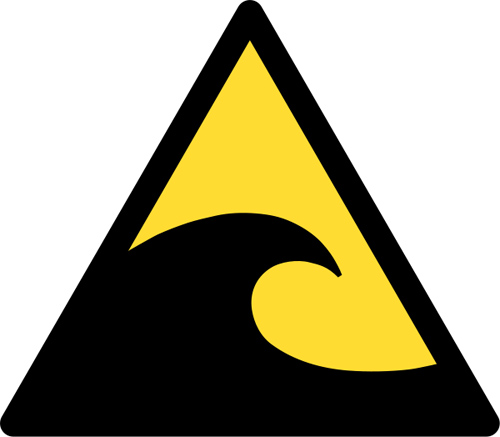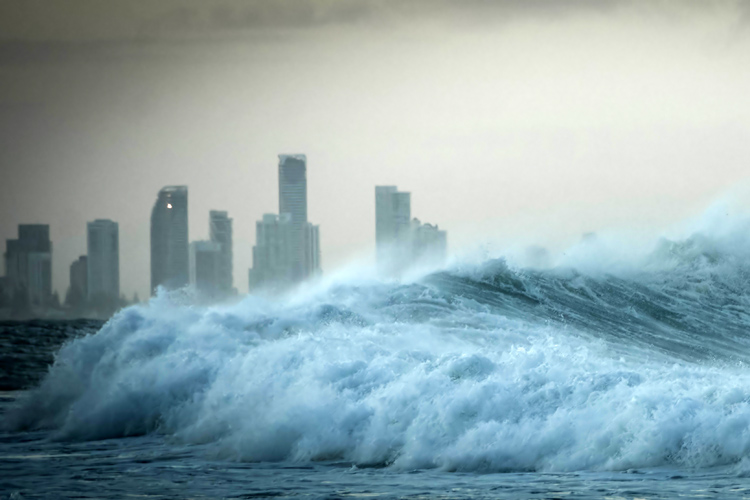Tsunamis are silent yet destructive forces that rarely spare lives and belongings. Take a look at some interesting facts about the most deadly waves on the planet.
A tsunami is a series of ocean waves - called wave trains - created by an underwater earthquake or explosion, volcanic eruption, landslide, or drastic changes in atmospheric pressure.
However, the natural phenomenon can also be caused by nuclear tests or disasters, meteorites, and glacier calving.
Tsunamis, also misleadingly called tidal waves, are high-energy waves mostly generated by underwater tectonic activity.
They represent one of Nature's most powerful signs of strength. Take a look at a comprehensive collection of facts about tsunamis:
1. Tsunami is a Japanese word meaning "harbor wave";
2. A tsunami is also called a killer wave;
3. A tsunami can have a wavelength of up to 300 miles (482 kilometers), which is incomparably more than the 100 feet (30 meters) of regular ocean waves;
4. A tsunami travels at speeds of around 500 miles per hour (805 kilometers per hour), which is similar to the speed of a jet airliner;
5. The wave period of a tsunami ranges from minutes to hours;
6. A tsunami wave does not break like a regular ocean wave;

7. Nearly 80 percent of all tsunamis occur in the so-called Ring of Fire in the Pacific Ocean;
8. A tsunami can be extremely small in height - only a one-to-three-foot tall - and pass by unnoticed by ships;
9. Although rare, a giant meteor can trigger a tsunami with waves reaching over 100 feet (30 meters);
10. As they reach the coastline and shallow waters, tsunamis tend to reduce their wavelength and increase in height;
11. A tsunami event cannot be fully predicted;
12. Japan has the longest recorded history of tsunamis;
13. All Japanese school students learn what to do in case of a tsunami warning;
14. The Japanese port town of Aonae, Hokkaido, built a 4.5-meter seawall, but it was destroyed in 1993 by a tsunami;
15. The 2011 earthquake off the coast of Tōhoku, in Japan, has been considered the world's most expensive disaster in the history of humankind at $232 billion;
16. Japan is still building giant concrete walls along parts of the coastline to defend people from tsunamis;
17. Japan spends around $20 million maintaining its tsunami warning system;
18. The first known reference to a tsunami dates back to 426 BC when the Greek historian Thucydides referred to the occurrence in the book "History of the Peloponnesian War";
19. In 1755, around 90,000 people were killed when a tsunami swept Lisbon, Portugal;
20. The most powerful tsunami of all time took place in the Indian Ocean in December 2004 and killed between 230,000 and 280,000 people in 14 countries;

21. The 2004 Indian Ocean tsunami also uncovered ancient sculptures of the lost city of Mahabalipuram in India;
22. A megatsunami is a tsunami with an initial wave amplitude (height) measured in several tens, hundreds, or possibly thousands of meters, and it is usually caused by giant landslides;
23. The biggest tsunami wave ever recorded measured 1,720 feet (524 meters) and took place on July 9, 1958, in Lituya Bay, in the southeast of Alaska;
24. Hawaii, California, Oregon, Washington, and Alaska are the US states with the greatest risk of being hit by a tsunami;
25. Hawaii gets hit by a small tsunami nearly every year;
26. Scientists believe that the next large tsunamis will likely take place in the Canary Islands, Miami, New York, and Boston;
27. Whenever a tsunami is about to hit the coast, the ocean appears to drain away - the episode is called "drawback";
28. The safest place to be when a tsunami hits the coastline is up high on a mountain;
29. If you get caught by a tsunami, grab a floating object and go with the flow - don't resist it;

30. Ninety-nine percent of all the people who died victims of a tsunami were within 160 miles (257 kilometers) of the tsunami's origin;
31. Palm trees often survive tsunami events;
32. A tsunami leaves large amounts of salt that can poison freshwater resources and fertile soils;
33. Tsunamis cannot be surfed;
34. Sailors are advised not to return to port in case of a tsunami warning;
35. What is the plural of tsunami? Tsunami or tsunamis - it's up to you to choose;
Real-Time Detection
Tsunamis may be detected in real-time by satellites. Chinese researchers believe they created a model that simulates the effect of huge ocean waves on the Earth's magnetic field.
Time is everything when it comes to avoiding the brutal impact of tsunamis. These large and rare waves, which are often associated with earthquakes, are usually devastating.
When a body of salt water moves through the Earth's magnetic field, its conductive nature induces a small anomaly in the field, which can be monitored by unmanned near-space airships, low Earth orbit satellites, or high-altitude balloons.
These options are close enough to the ocean to detect the magnetic signal of the wave.
Benlong Wang and Hua Liu, researchers at Shanghai Jiao Tong University, developed a way of spotting magnetic anomalies associated with the events and then estimating the wavelength and height of the tsunami waves.
Nowadays, seismic detection methods take about six minutes to process. Magnetic monitoring is able to continuously track the wave as it moves in the open ocean.
"The next step of our work will focus on the realistic tsunami wave history at Easter Island," said Wang.
The team will use magnetic data gathered from this region in conjunction with global tsunami propagation models to further its understanding of the connection between magnetic anomalies and sea-surface variations.
